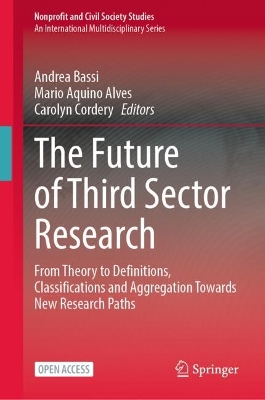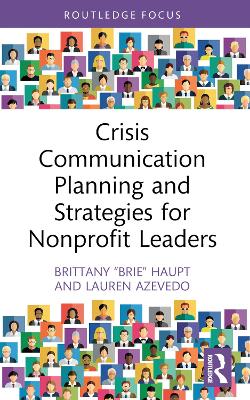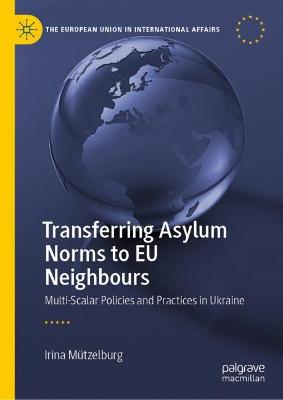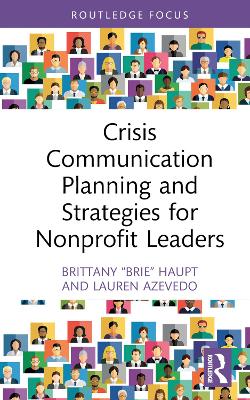Future of Third Sector Research
 portes grátis
portes grátis
Future of Third Sector Research
From Theory to Definitions, Classifications and Aggregation Towards New Research Paths
Aquino Alves, Mario; Bassi, Andrea; Cordery, Carolyn
Springer International Publishing AG
12/2024
269
Dura
9783031678950
Pré-lançamento - envio 15 a 20 dias após a sua edição
.- Section I - Theory.
.- Theory of the Third Sector.
.- Commentary on "Theory of the Third Sector".
.- Section II - Definition.
.- Third Sector: the building of a research field.
.- The terminological debate.
.- In search of a positive, historical and experimentalist definition of civil society.
.- Defining civil society in the turbulent times - lessons from Poland.
.- Defining Civil Society - Commentary.
.- Section III - Classification.
.- Part One: The Classification of Civil Society, Nonprofit and Third Sector Organizations.
.- Part Two: Turning a Critical Lens on Nonprofit Classification: Opportunities and Challenges in the Digital Age
.- CSO classification: a commentary from Latin America.
.- Section IV - Aggregation.
.- Data Aggregation: An Overview of Opportunities and Obstacles from the National to the Global.
.- Capturing Data on Volunteering in a Global Dimension: a Window of Opportunity for Furthering Third Sector Research.
.- Technologies for Data Aggregation: An Overview of Technologies and Opportunities to Propel Third Sector Research.
.- Commentary on "Data Aggregation" by Elizabeth Bloodgood, Ksenija Fonovic, and Francisco Santamarina.
.- Section V - Faith.
.- The Relationship between the Third Sector and Religion.
.- Analyzing civil society in the Arab world: a conceptual review.
.- Religion and faith-based organizations in Brazil's social policies.
.- Commentary on Section V Faith.
.- Section VI - Ways forward.
.- Third-Sector Research: Ubi eras, quo vadis?.
.- Commentary on Section VI - Third-Sector Research: Ubi eras, quo vadis?.
.- Future Challenges Facing Third Sector Research.
.- Section I - Theory.
.- Theory of the Third Sector.
.- Commentary on "Theory of the Third Sector".
.- Section II - Definition.
.- Third Sector: the building of a research field.
.- The terminological debate.
.- In search of a positive, historical and experimentalist definition of civil society.
.- Defining civil society in the turbulent times - lessons from Poland.
.- Defining Civil Society - Commentary.
.- Section III - Classification.
.- Part One: The Classification of Civil Society, Nonprofit and Third Sector Organizations.
.- Part Two: Turning a Critical Lens on Nonprofit Classification: Opportunities and Challenges in the Digital Age
.- CSO classification: a commentary from Latin America.
.- Section IV - Aggregation.
.- Data Aggregation: An Overview of Opportunities and Obstacles from the National to the Global.
.- Capturing Data on Volunteering in a Global Dimension: a Window of Opportunity for Furthering Third Sector Research.
.- Technologies for Data Aggregation: An Overview of Technologies and Opportunities to Propel Third Sector Research.
.- Commentary on "Data Aggregation" by Elizabeth Bloodgood, Ksenija Fonovic, and Francisco Santamarina.
.- Section V - Faith.
.- The Relationship between the Third Sector and Religion.
.- Analyzing civil society in the Arab world: a conceptual review.
.- Religion and faith-based organizations in Brazil's social policies.
.- Commentary on Section V Faith.
.- Section VI - Ways forward.
.- Third-Sector Research: Ubi eras, quo vadis?.
.- Commentary on Section VI - Third-Sector Research: Ubi eras, quo vadis?.
.- Future Challenges Facing Third Sector Research.







